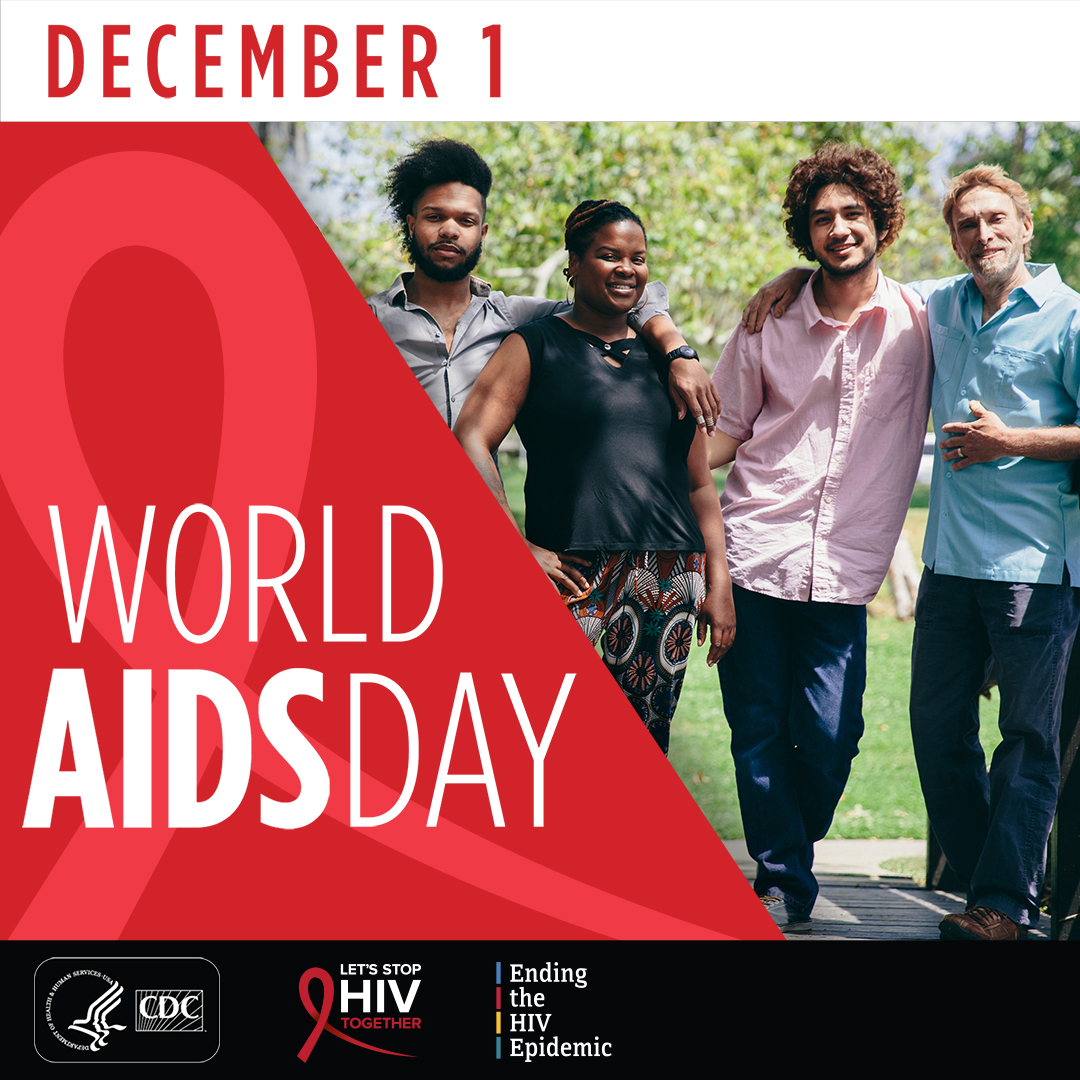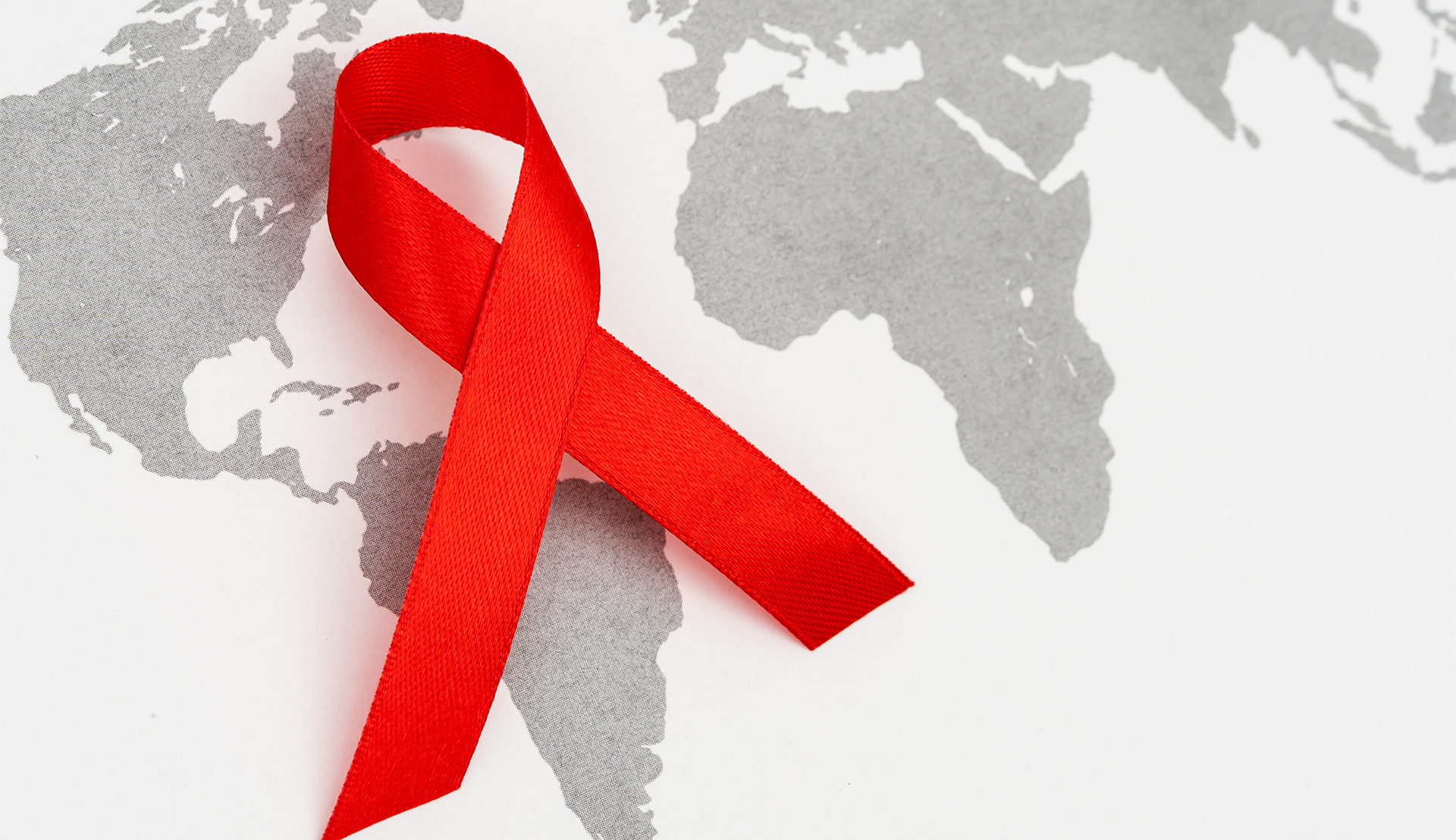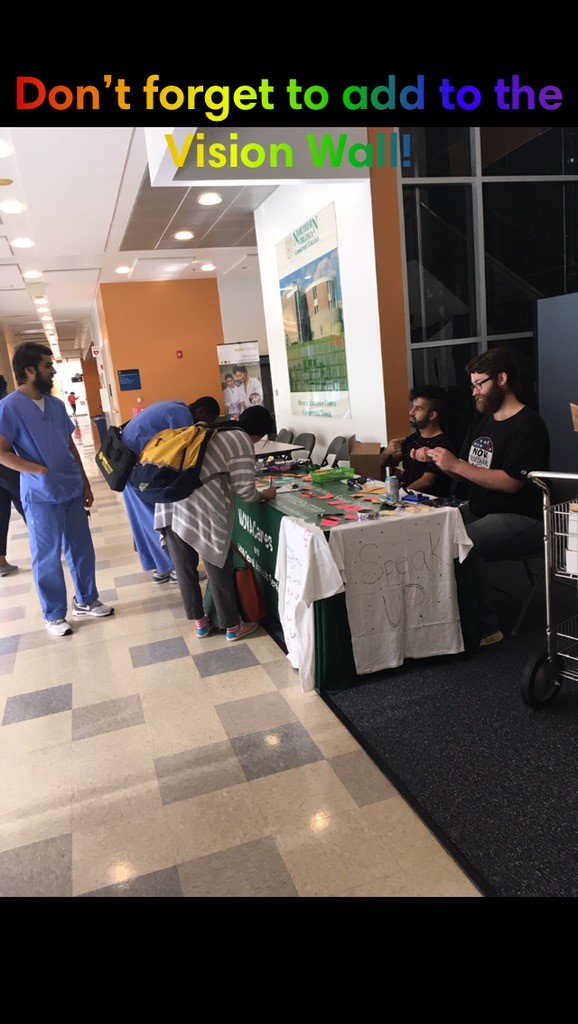December 10 marks World Human Rights Day (HRD)!
The Universal Declaration of Human Rights (UDHR) was adopted on December 10, 1948, and the upholding and revisions of this document have been made by the United Nations (UN). It aims to clearly define the rights of humans all over the world, as well as encourage people to stand up for the rights of others when they see violations of human rights, and harm being done to their fellow humans.
The theme for HRD 2020 is “Recover Better – Stand Up for Human Rights”. In light of the global pandemic, it is even more imperative to highlight and fight for human rights while many are suffering, and struggling with their respective countries political and economic impacts on its citizens. In the past, pioneers such as Eleanor Roosevelt, Mahatma Gandhi, Mother Teresa, Nelson Mandela, Dr. Martin Luther King, Jr., and the current Dalai Lama have been recognized for their efforts for pervasive recognition of the rights of others. Many such persons make efforts daily in support of this initiative; take the time to learn more about their contributions.
You do not have to be famous or a formal advocate to have an impact; treat others with, and expect them to treat you with dignity, respect, and common courtesy. Speak up for injustices and wrongdoing that you see. Contribute to local initiatives and committees that impact your neighborhoods and localities. Learn about politicians and others in formal office and what they stand for, and fight for change where necessary.
You can learn more about the Universal Declaration of Human Rights available in over 500 languages. It is also available in a simplified version, in an illustrated booklet, and in sign languages. Share on social media with hashtag #humanrightsday!













